1. Shut up Legs. – Jens Voigt
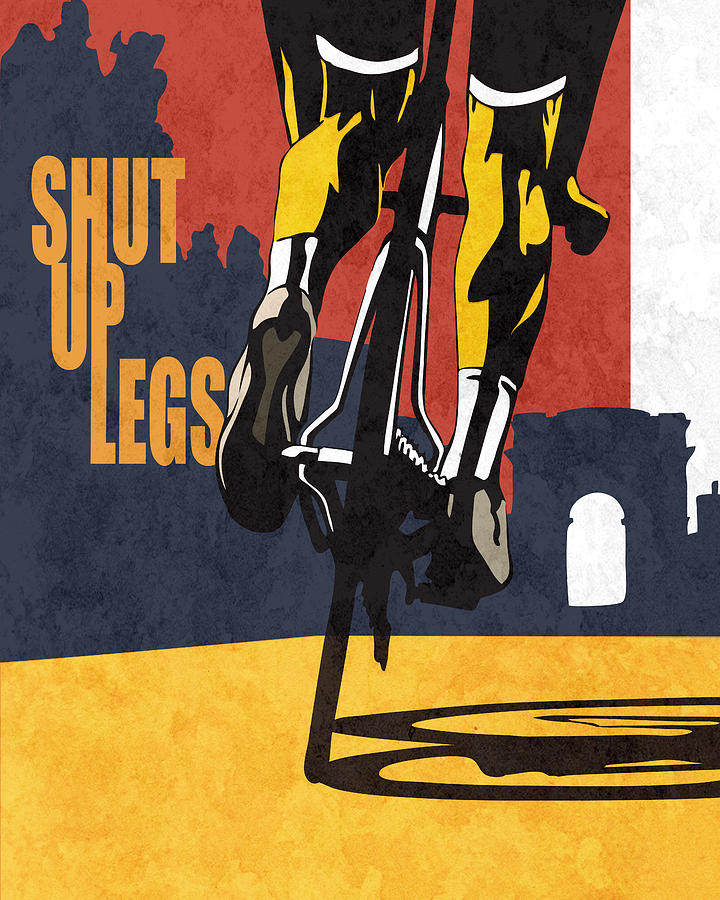
2. As long as I breathe, I attack. – Bernard Hinault
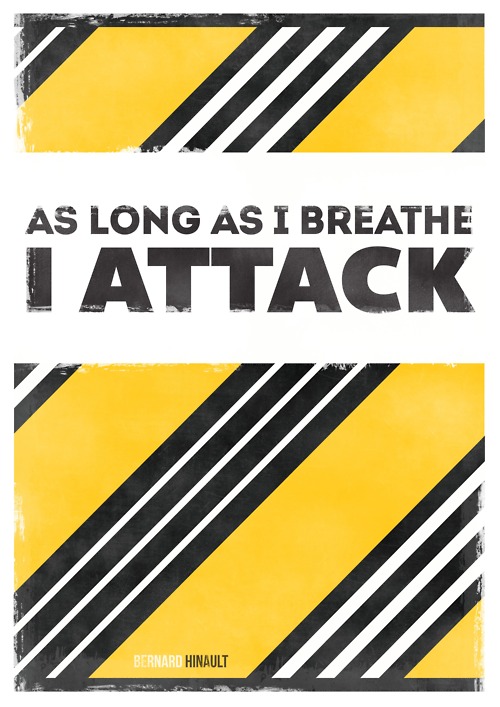
3. If you brake, you don’t win. – Mario Cipollini
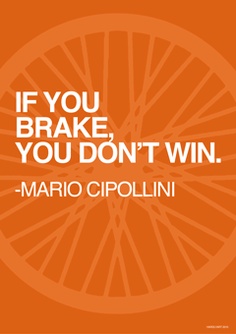
4. Pain is temporary. Quitting lasts forever. – Lance Armstrong
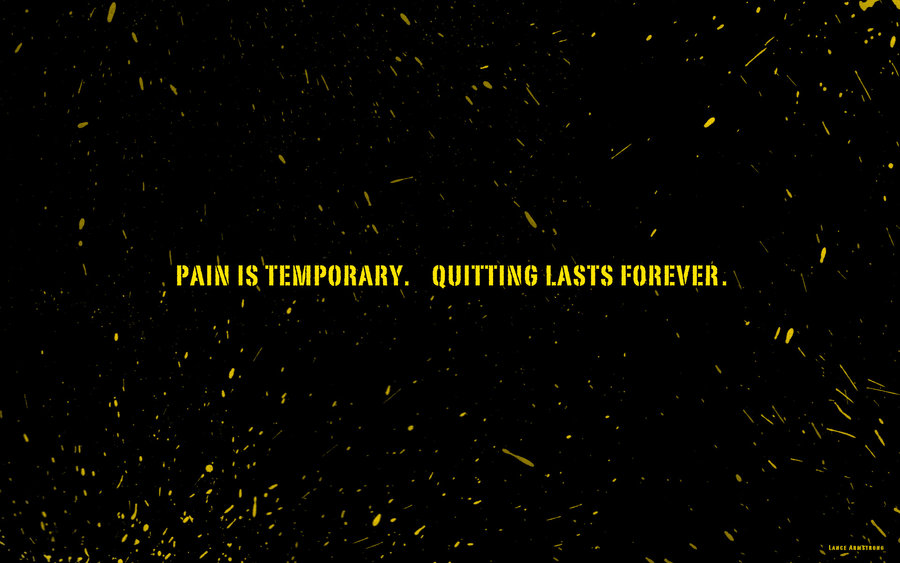
5. Don’t buy upgrades, ride up grades. – Eddy Mercx

6. It doesn’t get any easier, you just get faster. – Greg Lemond
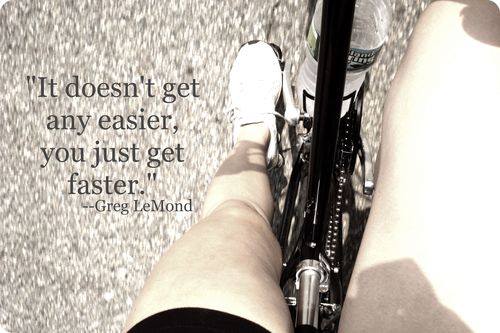
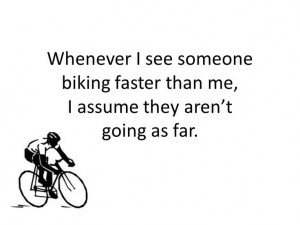 The oversimplified, Coles Notes version… muscles use glucose as energy in two ways, aerobically with oxygen and anaerobically without oxygen. Both aerobic and anaerobic produce energy stores called ATP which is used to make your muscles contract, heart pump and other physiological process to keep us alive.
The oversimplified, Coles Notes version… muscles use glucose as energy in two ways, aerobically with oxygen and anaerobically without oxygen. Both aerobic and anaerobic produce energy stores called ATP which is used to make your muscles contract, heart pump and other physiological process to keep us alive.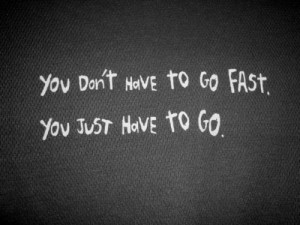

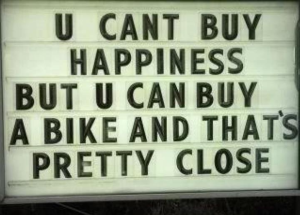
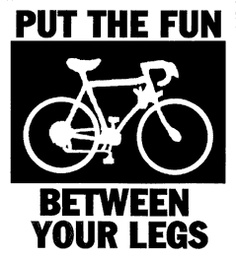
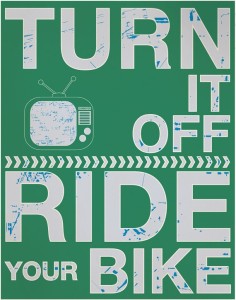
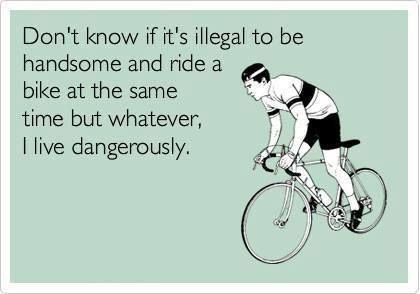

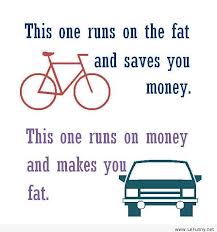
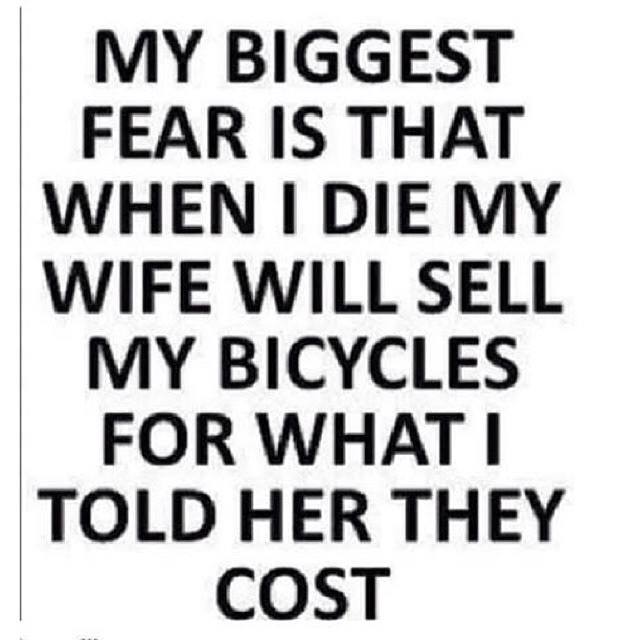
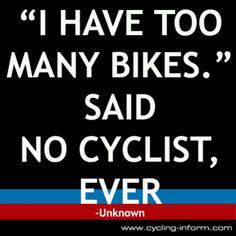
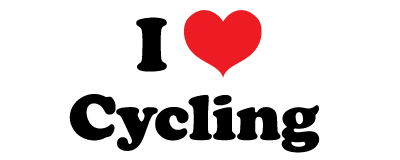

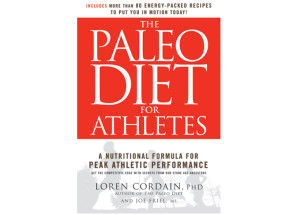


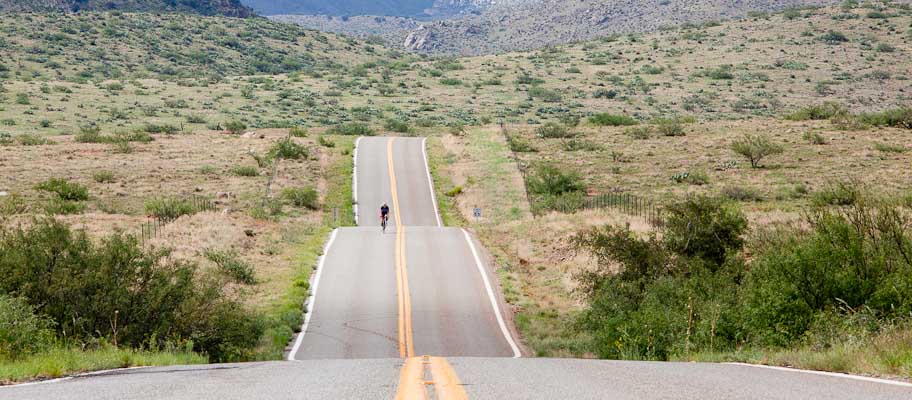
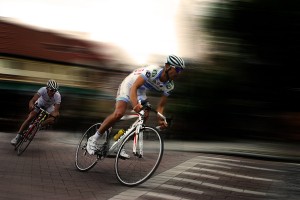
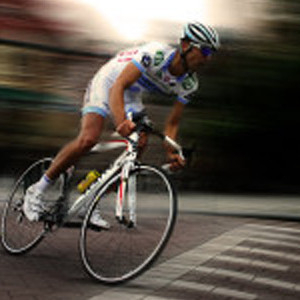

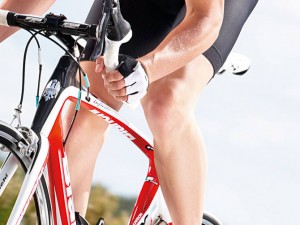
 I used to show up to an event with just enough time to put my helmet and shoe’s on and get to the start line before the gun went off. (I Love my bed) Then I learned how important a proper cycling warm up actually was!
I used to show up to an event with just enough time to put my helmet and shoe’s on and get to the start line before the gun went off. (I Love my bed) Then I learned how important a proper cycling warm up actually was!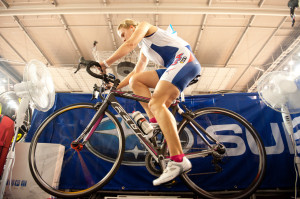
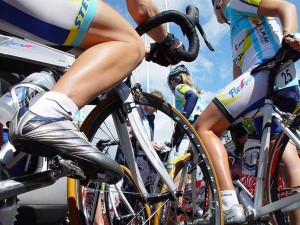 I went to a professional bike fitting and was surprised that one of the first questions that was asked was related to my cleat position:
I went to a professional bike fitting and was surprised that one of the first questions that was asked was related to my cleat position: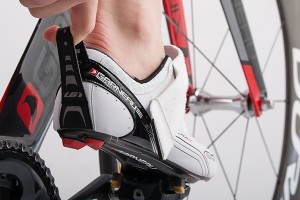 Steve Hogg, a world-renowned expert on bike fitting, recommends the following cleat positions:
Steve Hogg, a world-renowned expert on bike fitting, recommends the following cleat positions: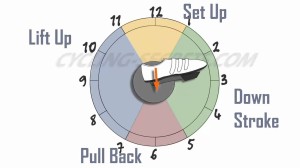 Doesn’t everyone pedal in a circle? No, they actually do not!
Doesn’t everyone pedal in a circle? No, they actually do not!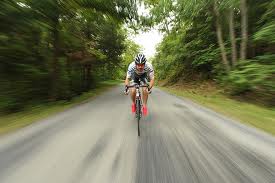 There are several ways to improve your pedaling technique.
There are several ways to improve your pedaling technique.